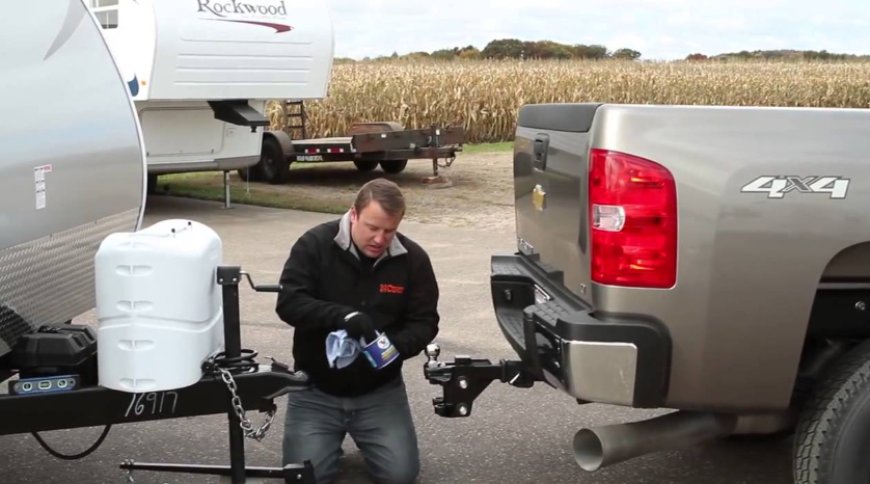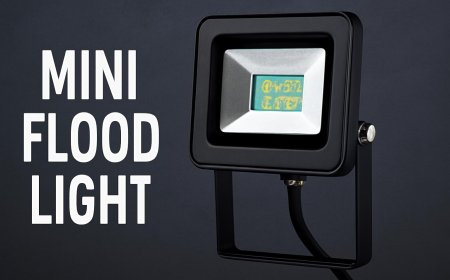Hitching an Unbraked Trailer? Here’s What You Must Know
Planning to hitch an unbraked trailer to a towing vehicle? Learn the legal rules, safety steps, and must-know tips to tow confidently and stay safe on the road.

If youre planning to tow a trailer and it doesnt have its own braking system, youre working with whats called an unbraked trailer. Whether youre hauling camping gear, moving equipment, or towing a small boat, safely hitching an unbraked trailer to a towing vehicle requires a clear understanding of your vehicles limitations, the law, and proper towing procedures.
In this guide, well cover everything you must know before hitting the road with an unbraked trailerfrom legal requirements and weight limits to hitching steps, safety tips, and maintenance.
Lets get started.
What Is an Unbraked Trailer?
An unbraked trailer is a trailer that relies entirely on the towing vehicles brakes for stopping. It has no independent braking system. These trailers are usually smaller and lighter (commonly under 1,500 pounds loaded), and are used for short-distance hauls or light-duty purposes.
Common examples include:
-
Small utility trailers
-
Garden trailers
-
Jet ski trailers
-
Lightweight cargo trailers
Because they lack their brakes, hitching anunbraked trailer to a towing vehicle involves more responsibility to ensure the safety of both the driver and others on the road.
Is It Legal to Tow an Unbraked Trailer?
Yesbut only under certain conditions. Most U.S. states allow towing unbraked trailers up to a specific weight limit, often around 1,500 to 3,000 pounds Gross Trailer Weight (GTW). Anything heavier usually requires its own braking system by law.
However, rules vary by state, so you should:
-
Check your local DMV or DOT website
-
Understand weight limits for unbraked trailers
-
Know if safety chains or lights are required
For example:
-
In California, trailers over 1,500 lbs must have brakes.
-
In Texas, trailers over 4,500 lbs must have brakes on all wheels.
Pro Tip: Always stay well below the legal weight limit to ensure smoother braking and better control.
Step-by-Step: How to Hitch an Unbraked Trailer to a Towing Vehicle
Before towing, take the time to do things properly and safely. Heres a simplified step-by-step guide:
1. Check Weight Ratings
-
Confirm that your towing vehicles capacity can handle the Gross Trailer Weight (trailer + cargo).
-
Look for the tongue weight rating of your hitch and match it accordingly.
2. Inspect the Trailer
-
Check the condition of the tires, wheel bearings, lights, and safety chains.
-
Ensure the load is secured and evenly distributed.
3. Align the Tow Vehicle and Trailer
-
Back up slowly until the trailers coupler is directly above the hitch ball.
-
Use a spotter or backup camera for better alignment.
4. Lower the Coupler onto the Ball
-
Crank the trailer jack until the coupler drops onto the hitch ball.
-
Latch the coupler securely and insert the safety pin or lock.
5. Attach Safety Chains
-
Cross the safety chains in an X-pattern under the tongue.
-
Attach the chains to the vehicle frame, not the hitch itself.
-
Leave enough slack for turns, but not so much that they drag.
6. Connect the Wiring
-
Plug in the trailers light harness to the vehicles electrical system.
-
Check that brake lights, turn signals, and running lights are all working.
7. Raise the Trailer Jack
-
Once everything is connected and secure, crank the trailer jack fully up and out of the way.
8. Do a Final Walkaround
-
Double-check coupler security, chains, lights, and load.
-
Test the vehicle brakes with the trailer before hitting the road.
Safety Tips When Towing an Unbraked Trailer
Without brakes on the trailer itself, your vehicle will carry all the stopping responsibility. Here are essential tips to stay safe:
? Increase Stopping Distance
Youll need more space to slow down. Start braking sooner and gradually to avoid jerking or loss of control.
? Drive Slower Than Usual
Stay below the speed limit (especially on highways). Many towing experts recommend keeping your speed under 55 mph when hauling an unbraked trailer.
? Distribute Weight Evenly
Uneven cargo causes sway and instability. Keep about 60% of the load in front of the trailer axle to help control sway.
? Avoid Sudden Maneuvers
Steering or braking too sharply can cause the trailer to fishtail. Smooth, gradual actions are key.
? Check Tire Pressure (Both Vehicle and Trailer)
Low pressure leads to overheating or blowoutsespecially when towing.
? Use Towing Mirrors if Needed
If your trailer is wider than your vehicle, add extended side mirrors to improve rear visibility.
Common Mistakes to Avoid When Hitching an Unbraked Trailer
Even seasoned drivers make errors that can lead to dangerous consequences. Dont fall for these common mistakes:
| Mistake | Why Its Dangerous |
|---|---|
| Not checking weight limits | Overloading can destroy your vehicles brakes and cause accidents. |
| Forgetting to cross safety chains | If the trailer disconnects, crossed chains will catch the tongue and prevent it from hitting the ground. |
| Ignoring lights | Non-functioning brake or signal lights make you nearly invisible at night. |
| Not securing cargo | Loose items can shift the weight or fly out, creating road hazards. |
| Speeding or aggressive driving | High speeds make it hard to control an unbraked trailer, especially when turning or stopping. |
Maintenance Tips for Towing an Unbraked Trailer
Just because the trailer has no brakes doesnt mean its maintenance-free. Proper upkeep ensures reliability and safety:
? Check Tires Regularly
Inspect for wear, cracks, and proper PSI. Replace old or bald tires.
? Grease the Wheel Bearings
Use high-quality grease to keep wheel hubs cool and reduce friction.
? Clean and Inspect the Hitch Coupler
Rust, dirt, or misalignment can cause a weak connection. Clean and lubricate regularly.
? Check Lights Before Every Trip
Verify that your trailer wiring is intact and all bulbs are working.
? Look for Frame Rust or Damage
A damaged trailer frame can collapse under load. Inspect visually and fix issues early.
When Should You NOT Use an Unbraked Trailer?
While unbraked trailers are handy, theyre not always the best choice. You should avoid using one if:
-
Youre towing long distances on highways
-
Youre hauling heavy loads near or above 1,500 lbs
-
Youll be going through steep inclines or declines
-
Youre driving in wet or icy conditions
-
You dont have a properly rated tow hitch or vehicle
In such cases, a braked trailer offers better safety, especially under hard braking.
Final Thoughts
Towing an unbraked trailer isnt rocket sciencebut it does require care, responsibility, and preparation. Before you hitch an unbraked trailer to a towing vehicle, understand the legal rules in your area, evaluate your load, use proper equipment, and always follow safety practices.
With the right setup and habits, you can tow safely, confidently, and efficientlywithout putting yourself or others at risk.
FAQs
1. What is the maximum weight I can tow with an unbraked trailer?
This depends on your states regulations and your vehicles towing capacity. Generally, trailers without brakes should not exceed 1,500 lbs when loaded. Always check your vehicles owners manual and local laws for limits.
2. Do I need special insurance for towing an unbraked trailer?
In many cases, your auto insurance may extend to the trailer, especially for liability coverage. However, this isnt always automatic. Contact your insurance provider to confirm and consider adding trailer coverage if you tow regularly.
3. Can I add brakes to an unbraked trailer?
Yes, you can retrofit most trailers with electric or surge brakes if the load demands better control. This is highly recommended if your trailer weight approaches the upper legal limits or if youre towing in hilly or high-traffic areas.







































